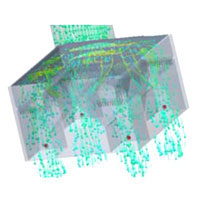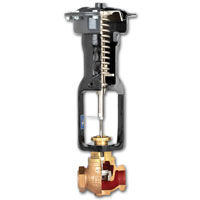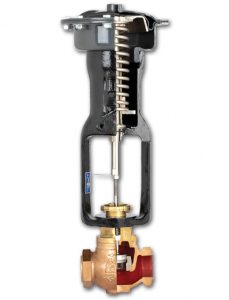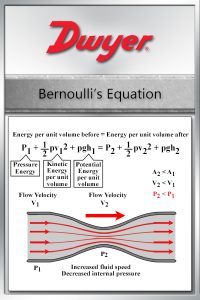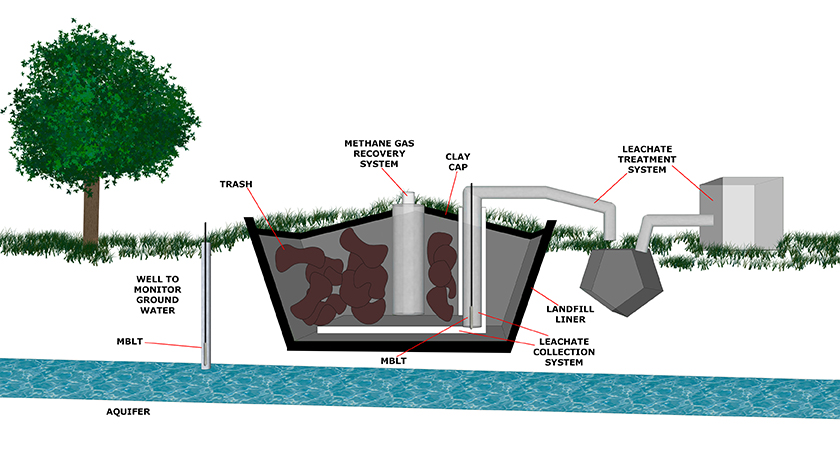Introduction
Objective
 The objective for this writing is to inform HVAC technicians and contractors about the limitations of testing equipment currently used for testing, adjusting, and balancing HVAC systems. The need for more accurate instruments is immediate as energy programs are moving toward net-zero energy building efficiencies.
The objective for this writing is to inform HVAC technicians and contractors about the limitations of testing equipment currently used for testing, adjusting, and balancing HVAC systems. The need for more accurate instruments is immediate as energy programs are moving toward net-zero energy building efficiencies.
In doing so, HVAC technicians and contractors will struggle with tighter specifications as they tune HVAC systems with instruments that fail to provide the required accuracy and versatility. Continue reading “Advances in HVAC Test Equipment: The Importance of Diffuser Calibration for Flow Hood Measurements”

